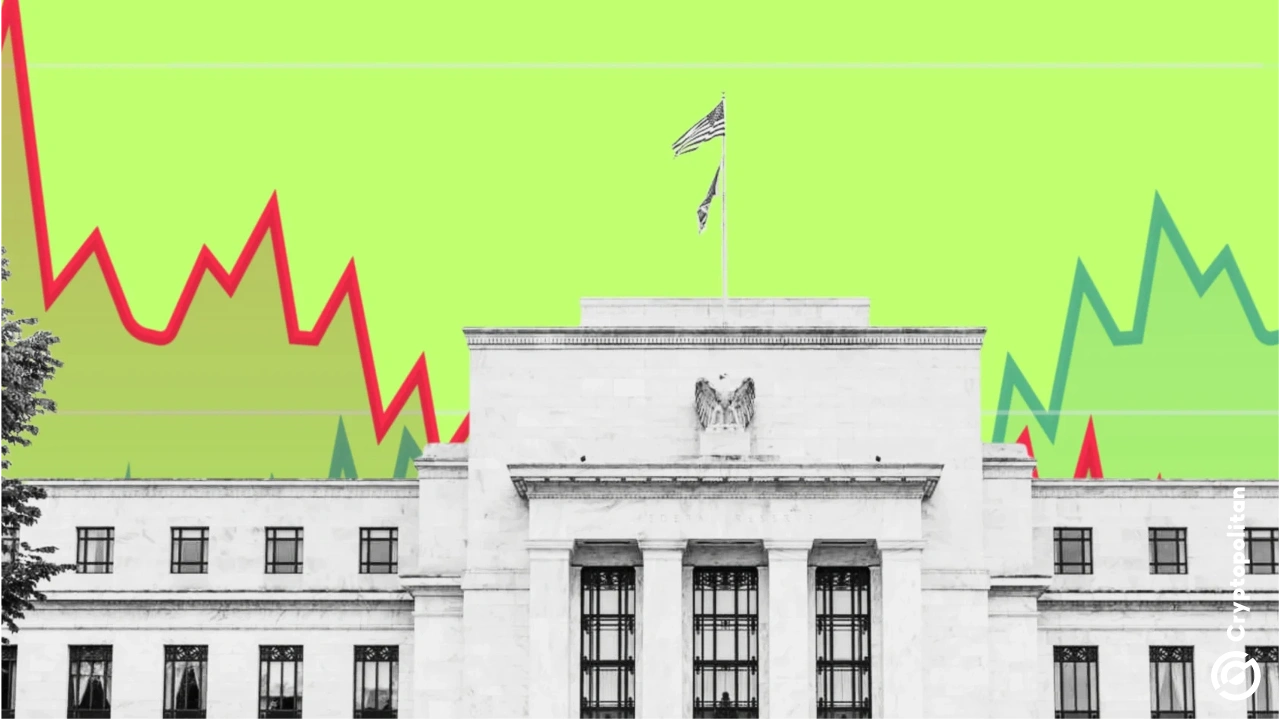The U.S. economy had every reason to crash this year. The Federal Reserve had interest rates at painful highs for most of the year, inflation refused to hit target levels, and a chaotic election season kept businesses and consumers on edge.
Yet, somehow, according to the International Monetary Fund (IMF), the U.S. will likely close the year as the top-performing economy among G7 countries.
It wasn’t a perfect year by any stretch. But compared to the doom-and-gloom projections, the resilience was undeniable. So, what kept the economy moving when it should’ve stalled?
Consumers kept the wheels turning
The real MVP of 2024 was the American consumer. Wage growth outpaced inflation, giving households a bit more breathing room and total wealth hit record highs. These factors kept spending alive, with Bloomberg Economics estimating a 2.8% rise in household outlays—nearly double initial projections.
Consumer spending literally was the lifeline of the economy this year. But here’s the thing, not everyone was spending from a position of strength. The pandemic-era savings cushion is gone for most households, and many are leaning on credit to maintain their lifestyles.
Credit card balances soared, delinquency rates ticked up, and lower-income Americans bore the brunt of the strain. Meanwhile, the wealthier crowd—boosted by gains in stocks and housing—kept the spending numbers looking good. It’s a tale of two economies, wrapped up in one.
The labor market, once the backbone of consumer confidence, also started to fray. Hiring slowed throughout the year, job openings shrank, and the unemployment rate edged higher.
Workers who lost their jobs faced longer spells of unemployment, a classic recession red flag. Yet somehow, wages held steady, growing at about 4%—enough to keep the spending party alive… for now.
Inflation wouldn’t budge, and the Fed stayed tough
Inflation. The Fed’s favorite headache. After sharp drops in 2023 and early 2024, progress toward the magical 2% target stalled. By November, the Fed’s preferred metric—the core personal consumption expenditures price index—stood at 2.8%. Better than 2022’s numbers, but still not good enough for the central bank to feel comfortable.
Jerome Powell and his crew slashed rates by a full percentage point in 2024, hoping to ease some of the pain on businesses and households. But he made it clear that until inflation shows real improvement, don’t expect any more cuts in 2025.
Investors hated this. And so markets panicked, interpreting the central bank’s tone as a “hawkish pivot.” Stocks took a nosedive, and criticism of the Fed’s communication strategy hit a new peak. The disconnect between the Fed and the markets is glaring.
If there was one place where the Fed’s policies hit hardest, it was housing. Mortgage rates dipped briefly to a two-year low in September but shot back up to nearly 7% as expectations for further rate cuts evaporated.
Homebuilders, desperate to move inventory, pulled out all the stops—offering mortgage buydowns, covering closing costs, and even cutting prices outright.
Did it work? Kind of. Sales stabilized but stayed far below pre-pandemic levels. The resale market, which dominates U.S. home purchases, hit rock bottom in 2024, the worst year since 1995. For many would-be buyers, the dream of homeownership remained just that—a dream.
President-elect Donald Trump’s economic agenda added fuel to the fire. His promises to ramp up domestic manufacturing sounded good in theory, but the details—tariffs, mass deportations, and sweeping tax cuts—have caused fears of inflation, labor shortages, and supply chain chaos.
From Zero to Web3 Pro: Your 90-Day Career Launch Plan





